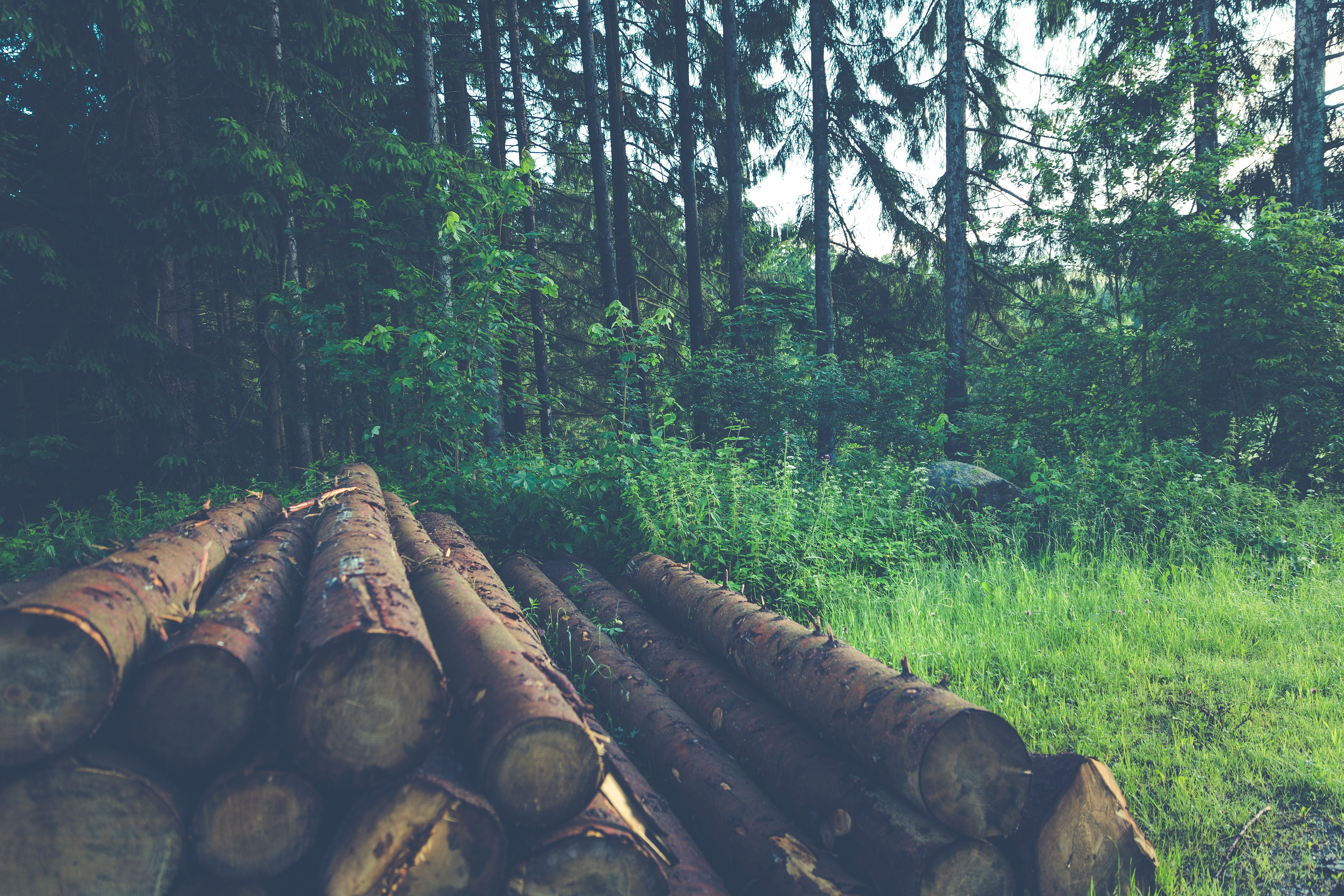It’s no secret we affect the world around us in both positive and negative ways. One thing a lot of people don’t think about is soil erosion — the tendency of soil to wash away or eroded by water. How do human activities contribute to soil erosion and what can we do to reduce our impact?
Causes of Soil Erosion
What do we do that contributes to soil erosion? The way we farm, harvest and maintain our livestock all affects the world around us.
Farming is essential to provide food for the population of the planet — but continuing to plant the same thing in the same field for multiple seasons strips the ground of all its nutrients and makes it impossible for the land to protect itself from erosion. Farm irrigation also contributes to erosion, allowing both rain and irrigation water to wash away the nutrient-rich topsoil necessary for plant growth.
Deforestation is another human-related cause of erosion. More than 27,000 trees are cut down each day just to make toilet paper. This doesn’t include other paper products used on a daily basis. By cutting down trees and not taking steps to reforest the area, we create the potential for soil erosion. Those trees and their root systems, in addition to the roots of the underbrush, work to keep the soil in place during even the most torrential rainfall. Without the trees, the soil will just wash away, making it difficult or even impossible to restore the soil at a later date.
The growing popularity of free-range proteins like chicken, beef and pork has led to an increased number of farmers who allow their animals to roam and graze naturally while supplementing their diet with grains and other foods. Allowing the animals to overgraze an area can contribute to erosion by preventing the plants from growing enough that they can establish solid root structures.
What can we do to help reduce our environmental impact and help to prevent erosion?
Change Farming and Harvesting Techniques
Farming and harvesting are among the largest problems when it comes to human impacts on soil erosion. We need to start changing the way we look at our renewable natural resources.
Deforested areas should be replanted as soon as the harvesting is complete. This allows the new trees to start to take root in the harvested area, preventing erosion and creating a new harvestable resource once the trees grow. Trees also help improve local air quality — it’s estimated that one tree can produce an average of 260 pounds of oxygen every year, converting an equivalent amount of carbon dioxide. Now, newly planted seedlings won’t produce nearly that much oxygen, but the bigger they grow, the more CO2 they can convert to oxygen, improving air quality.
Crops need seasonal rotation or fields need to lie fallow so they can restore their nutrient balance.
On a small scale, such as in-home gardening or landscaping, adding things like mulch to hold down the soil can help to reduce erosion. In addition to preventing erosion, things like moss, grass clippings and mulch help to retain water which is essential for healthy plant growth. Good moisture retention lessens the amount of water you have to use to keep your plants hydrated – which help to prevent irrigation-based erosion.
Areas where animals graze can be problematic, especially for farmers who don’t own a lot of land. Hydroseeding could act as a solution — a technique that evenly lays seed with a mixture of nutrients, fertilizer and other products necessary for germination and growth. A hydroseeder is a custom designed truck that can evenly lay the seed mixture — called a slurry — onto any prepared surface. The slurry can even include mulch to help reduce erosion and increase water retention while the seeds grow.
The key here, no matter how we do it, is to replace what we take. If we simply strip the land for all its resources and leave it empty, erosion will continue to be a problem. Land restoration, after harvesting, farming or grazing, is as important as the tasks themselves. Whether you plant new trees one at a time by hand or using a tool like a hydroseeder to lay seeds and fertilizer in mass, restoration is the key.
The world is full of fantastic resources that we will continue to tap into as we grow and expand. With a population of more than 7.2 billion and growing, food production will continue to grow into the future. We need to take appropriate steps to restore the land that we use, if not to its former glory, at least to a point where erosion won’t be a problem in the future.
This Women of Green guest blog is by Megan Ray Nichols. Megan writes about many environmental topics including, renewable energy, conservation and sustainability. She invites you to join the discussion on her own blog, Schooled By Science.
Women of Green is TURNING UP THE VOLUME of the feminine voice on the planet in order to create the world we know is possible.

